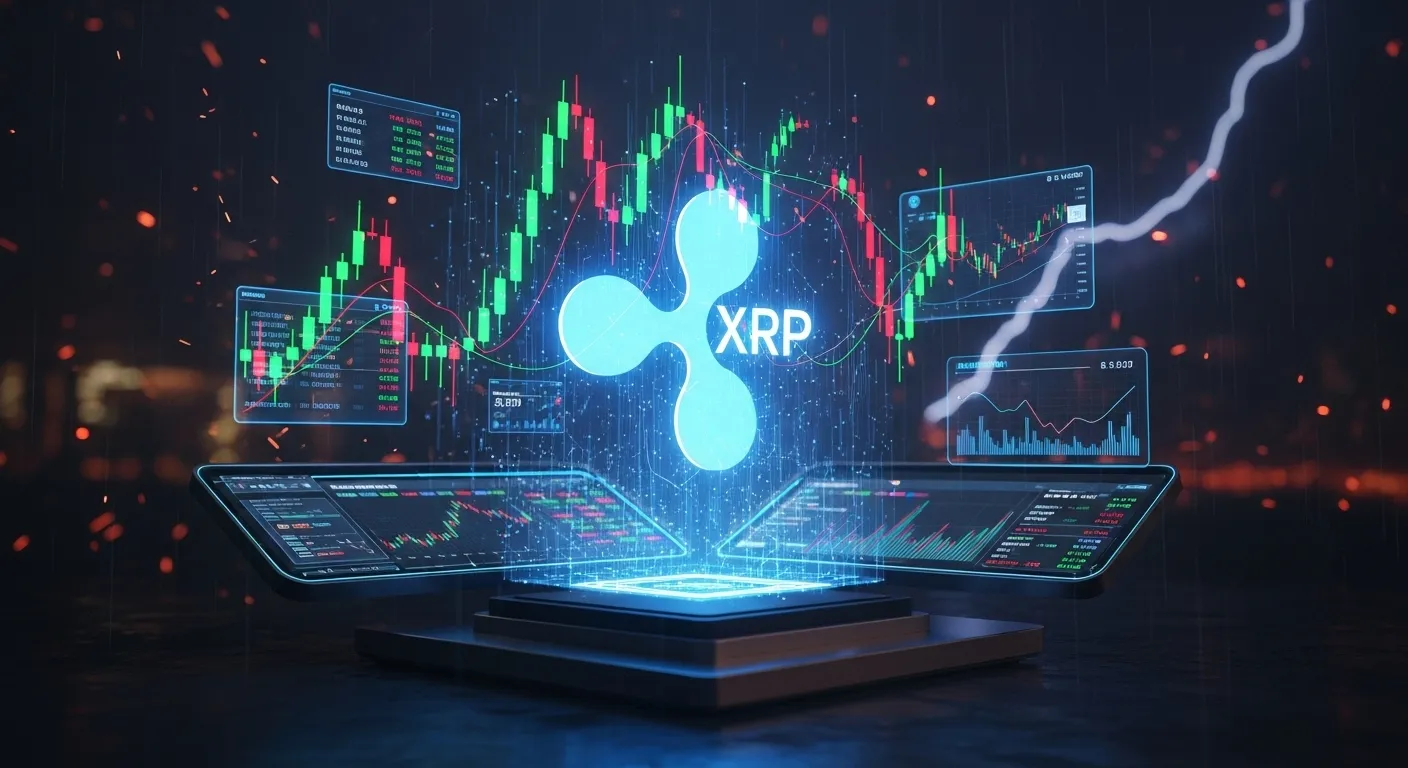I was chilling at a coffee shop the other day, sipping my latte, when it hit me like a rogue spark plug: small businesses are still getting hosed by slow, expensive international payments. Then I remembered XRP Ledger. It’s like finding a nitrous boost while tinkering with an old jalopy! This thing can power global payment rails for SMBs that are fast, cheap, and reliable. I’m buzzing to share this with you, so let’s nerd out over how XRP Ledger can change the game for small businesses.
What’s This Green Shift?
XRP Ledger is a decentralized blockchain built for speed and low costs. Think of it as a digital Silk Road, zipping money from one corner of the globe to another in seconds. For small and medium businesses (SMBs) trying to deal with overseas clients or suppliers, this is a lifesaver. XRP acts like a bridge between different currencies, cutting out the middleman banks that charge an arm and a leg. It’s lean, mean, and ready to make cross-border payments less of a headache.
Why It Matters for XRP
XRP’s always been the poster child for fast cross-border payments, but it’s starting to shine for SMBs in a big way. Traditional payment systems? They’re like brewing coffee with a stovetop kettle slow and pricey. XRP Ledger processes transactions in a few seconds with fees so low they’re practically pocket change. A small shop in Chicago could invoice a client in Singapore and get paid instantly. Plus, its decentralized setup means no one’s freezing your funds mid-transaction. That’s a huge win for scrappy businesses trying to go global.
How to Track It
Want to keep your finger on the pulse? XRPScan is like Etherscan for XRP Ledger shows you transactions, accounts, the whole shebang. Bithomp’s another solid tool for digging into ledger activity. For market vibes, check out XRP and Ripple chatter on X devs and users often spill the tea on new projects. GitHub’s your go-to for XRP Ledger’s open-source docs and SDKs; it’s like a treasure map for building payment rails. Oh, and don’t sleep on community forums they’re buzzing with ideas. (Side note: I got lost in an XRP thread last night. Total rabbit hole.)
Real-World Example
Back in 2022, a fintech startup in Asia used XRP Ledger to handle cross-border payments for a small business exporting electronics. With RippleNet, which taps into XRP Ledger, they were settling payments from European clients in under 5 seconds, with fees that made SWIFT look like highway robbery. It showed how SMBs could compete globally without getting crushed by costs or delays. Reading about it felt like watching a heist movie where the good guys win.
How to Use It
Ready to jump in? Start by checking out XRP Ledger’s APIs their GitHub docs are surprisingly clear. Not a coder? Platforms like RippleNet are built for businesses and easy to plug into. Set up a server, grab an open-source SDK, and start testing transactions. Word of caution: security’s critical. One slip-up’s like leaving your car keys in a sketchy parking lot. Keep up with network updates too XRP Ledger’s always tweaking things for the better. If you’re new, start with small transactions to get the hang of it. Maybe test a payment rail for your Etsy shop’s international orders.
That’s my big “eureka” moment! It’s like stumbling on a cheat code for global payments. Want to turn this knowledge into real trades? Check our daily XRP analysis at Bitmorpho.

